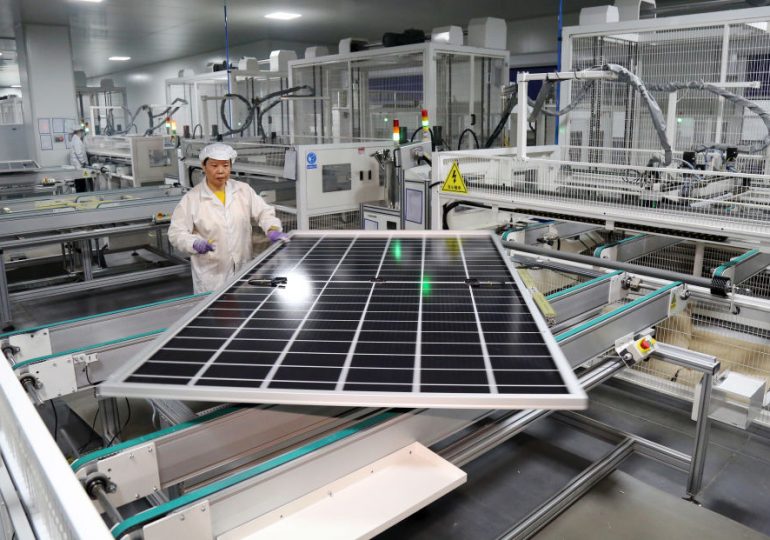(To get this story in your inbox, subscribe to the TIME CO2 Leadership Report newsletter here.)
If you read a selection of recent headlines about clean technology in the U.S., it would be easy to think that the sector is in a free fall. ESG investors (those who prioritize environmental, social, and governance issues) are pulling back money from climate-aligned strategies. The offshore wind sector is in a state of crisis. And there’s news of an EV retrenchment—both by major automakers and from policymakers in Washington D.C.
[time-brightcove not-tgx=”true”]
But, beneath these narratives, data show a more optimistic picture. A new report published Feb. 29 by the Rhodium Group and MIT shows record clean technology investment in the U.S. with a total of $67 billion in the fourth quarter of last year. That represents a 40% increase from the same period in 2022. In total, clean technologies received 5% of total fourth quarter private investment in structures, equipment, and durable consumer goods. A March 1 report published by the International Energy Agency (IEA) also found that globally clean energy investment totaled $1.8 trillion last year, growing rapidly at a 10% annual clip since 2019.
One area of particular interest is electric vehicles. EVs have been subject to a string of particularly challenging headlines in recent months—everything from the Biden Administration reportedly pulling back its proposed clean car rules to Hertz ditching some of its EV fleet. Most crucially, some car companies say they are seeing softening demand for the vehicles. All of those data points should concern EV supporters, but they must be considered in the context of a much more promising macro picture. Last year, 1.4 million EVs were sold in the U.S., marking a 52% growth compared to 2022, according to the new Rhodium report. And according to the IEA, one in five vehicles sold globally last year was an EV. And investment in the EV supply chain expanded rapidly, a signal that investors remain confident in the long-term future of zero-emissions vehicles.
Emerging climate technologies—think clean hydrogen, sustainable aviation fuel, and tools to capture and manage carbon—were another bright spot, according to the Rhodium report. Investment increased ten fold in these technologies between the fourth quarter of 2023 and the same period a year prior.
Nonetheless, the report also highlighted more challenging areas. Investment in wind declined nearly 40% in the fourth quarter compared to 2022, a reflection at least in part of persistent supply chain issues. And investment in heat pumps and home energy solutions like solar and batteries, key signals of consumer commitment to the green transition, remains flat to down.
There’s also the critical climate question of whether these investments are enough to meet U.S. and global climate goals. A separate report released last week suggested that EV and electricity sector investment are in line with the U.S. Inflation Reduction Act’s target of cutting emissions 40% by 2030 from 2005 levels. Now, we need other technologies to follow. And the IEA points out that globally, the clean energy expansion is highly concentrated in advanced economies and China; more clean technology is desperately needed in emerging economies, too.
So, is there a signal amid the noise? To my mind, the recent focus on headwinds amid promising data are important reminders of a key reality of the energy transition: shifting the economy away from fossil fuels is going to be complicated, with ups and downs. While it’s important to understand what’s happening with particular companies and technologies, it’s also important to keep an eye on the broader trend. And here things continue to move forward.
Leave a comment








